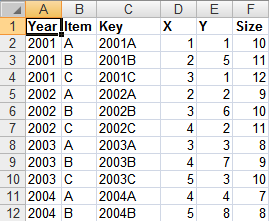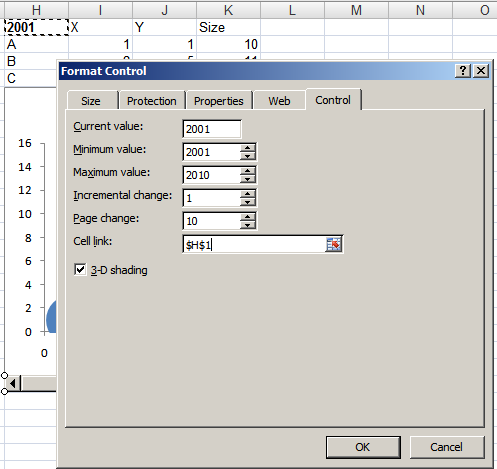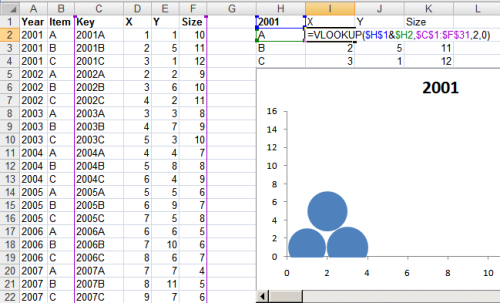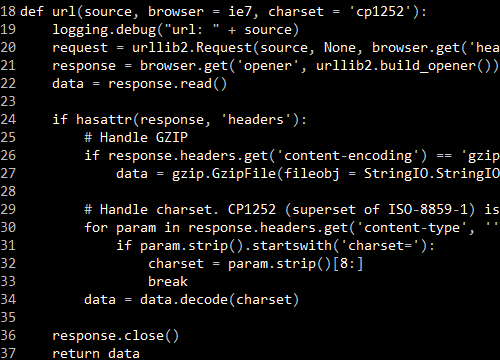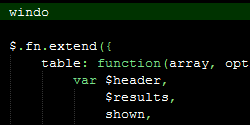In October 1997, Ram, my manager at IBM, strolled over to my desk and asked if I would like to visit the US. I’d never been there before. The impulse was to say “Yes”. But…
I’d written the CAT exam once before. Didn’t get through. Applied once again. But thanks to my diligence, I’d given the wrong residence address, and never got my admission card, and didn’t bother following it up. This would be my third “attempt”. And I didn’t want to goof it up again. (I didn’t get through that one either, as it turned out.)
“Ram, I need to be back on Dec 11th.”
“Mmm… I think we should be back by then.”
“NO MATTER WHAT!”
He smiled, and said “OK. We’ll be back by Dec 11th NO MATTER WHAT.” He thought I was going to get married or something.
It was quite warm in Bangalore, so I set out with a T-shirt and formal trousers. As I was leaving, my landlord and landlady (very nice people, and in retrospect, very far-sighted) pulled me in and said, “Have some snacks. You’ll feel hungry on the way.”
I tried my protests. They’ll feed me on the plane. I’m already carrying some food. I have cash to buy stuff. I’m fat and dieting. Didn’t matter. I still ended up carrying a fairly hefty package. “And this is for Kallol.” Another package. A colleague travelling with me was an ex-roommate as well. I just hoped I wouldn’t exceed 27 kgs.
It was a KLM flight that would halt at Amsterdam. We were to land early morning in Amsterdam, take a connecting flight to Boston, and then over to Charlotte. We’d reach Charlotte by night, in time for the class next day.
The flight itself was uneventful, except for my first non-vegetarian bite.
And then the fun began.
Breakfast was done by around 5:00am local time. The captain announced that we were near Amsterdam, fasten your seatbelts.
5:30am. No landing.
6:00am. No landing. When I pulled the shutters up, we were still flying over clouds.
7:00am. No landing.
7:30am. The captain announces that due to bad weather at Amsterdam, we would not be able to land there. We were being diverted to Cologne.
Not having been on any long-haul flights before, I wasn’t even worried. It was a KLM connecting flight. KLM would do something. But for feeling a bit hungry, things were fine.
At around 11:00am, the plane began its descent. We were amidst clouds, though. For quite a while… and the plane kept descending…
Until, all of a sudden, I could see the ground about 20 feet from the plane! The fog dense enough to be indistinguishable from clouds. (Or at least, I couldn’t tell the difference.) Lucky the pilot managed to land, and I’m surprised he even tried.
8:00am. We’re still in the plane, waiting.
9:00am. Hungry. No one has told us anything yet.
9:30am. We’re all asked to get down. Delighted, we all got off, ready to board the next plane…
… only to be herded off into a glass building on the terminal, where our luggage was waiting for us. No problem. Pick up luggage. Wait.
10:00am. All the flight staff had cleared the terminal. And, looking out of the glass walls, we could see our plane taking off! There was a fair bit of confusion (and mild panic) in the room, but being the suave software engineers that we were, we stay put and relaxed.
11:00am. Still in the glass building. No flight has landed or taken off. Worse, no human in sight. I mean it: not a single human in sight other than us KLM passengers in this deserted terminal. We’re still hungry.
12:00noon. My snacks finally come out. We all have a bite. That turned out to be our lunch.
12:30pm. Some official enters the building and is mobbed. The closest we could get to him (or her?) was about 50m behind many hundreds of raised heads.
12:45pm. Official vanishes. We ask around if anyone knows more than we do. No one seems to.
1:30pm. Another official enters. Vanishes after a few minutes.
2:00pm. Finally, word gets around that we’ll be travelling via bus to Amsterdam. Clearly we’d missed our connecting flight. We’d be put in to the same flight the next day.
2:10pm. We hear a lot of activity. People start streaming out of the building. We try to join in the rush.
2:20pm. Ahead of us, we see a guy checking passports. Now, none of us had a German visa. Presumably it was OK, but in any case, we were entering Germany without a valid visa. The official stamped my passport without question.
2:30pm. We exit the airport. The temperature was 0 degrees C. I was still in my T-shirt. My warm clothes were packed. That day, I learnt two lessons. One, never keep all your warm clothes inaccessibly in the check-in baggage. (I had my check-in baggage. But it was packed, and if I opened it, I can’t put it back in. Besides, we were being herded into a bus: not much chance of hanging around to open a suitcase.) Two, it’s actually possible to get a headache from the cold. For 15 freezing minutes, we stood on the road waiting for the bus, and enjoying the pleasures of our first day on European soil.
2:45pm. Bus arrives. Mob tries to enter bus. Half of our group manages to get through. I am left behind. Fortunately, next bus is only 5 minutes behind.
7:00pm. Bus finally arrives at Schipol airport. We’re herded out to the KLM counter. By now, it’s been well over 24 hours since my last full meal.
7:30pm. We’re told we’ll get a hotel to stay in, and our flight is confirmed for the next day. At this point, we’re famished. So we exchanged some currency, and decided to buy some food. I picked a green apple. This happened to be my first green apple. No one had told me that apples could taste sour. (While on that topic, I must mention apple pies. I love apple pies in India. I hate apple pies in London. I suspect it’s the red versus green apples.)
7:31pm. I take one bite. Another bite. Have a funny feeling in my stomach. Burning sensation. And at that point, I collapsed. Physically. Just dropped on the floor and had to be pulled up.
8:00pm. Finally reach the hotel. Not entirely sure how. I’m too tired for anything but milk, so I get a glassful and go to sleep.
PS: We finally reached Charlotte a day late. Fortunately, we didn’t miss much.
Apparantly, most passengers on the flight complained to KLM and received gifts / free miles of a substantial magnitude. We didn’t know of that till much later.
This remains my only trip to Germany till date. My passport still holds an entry stamp without a visa.
We did get the bonus of spending half a day in Amsterdam, which is a rather nice place. Again, without a visa.

